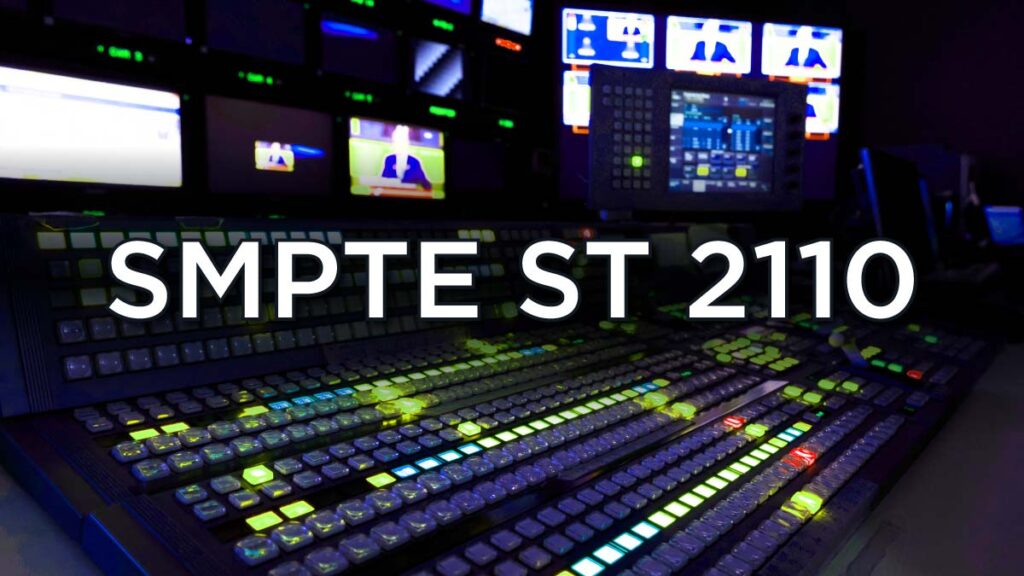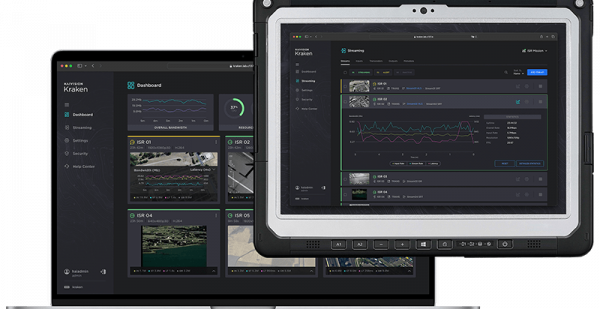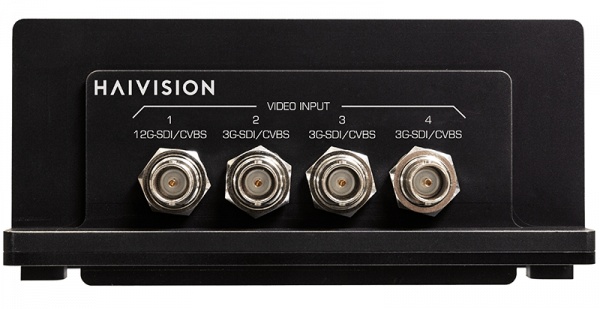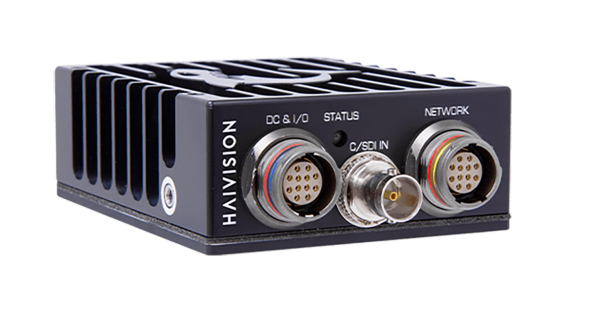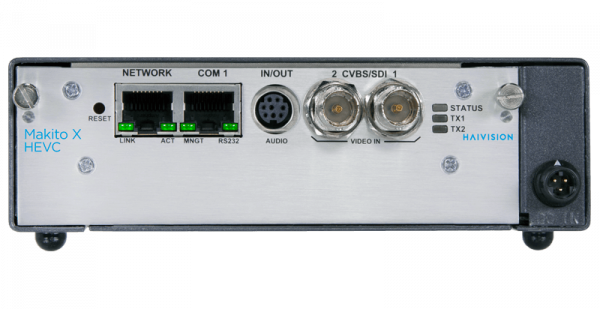UHD/4K
4K resolution (also known as “Ultra High Definition” or UHD), is a general term that is used to describe a variety of resolutions sizes that offer at least 4 times the resolution of conventional HDTV displays (hence the name 4K).
On digital displays (TV, PC, etc.), images are composed of tiny dots called pixels. The more pixels there are on the screen, the sharper and more realistic images look. The fewer pixels there are, the more blocky and less lifelike images look.
With a 4K display, there are so many pixels that the image resolution goes well beyond what conventional 1080 pixel HD resolution displays can provide. This is why 4K is often referred to as “Ultra High Definition” or UHD. Whereas HD is defined as a maximum resolution of 1080 pixels high by 1920 pixels wide, 4k doubles each dimension, creating a width of approximately 4,000 (4K) pixels. The result is a much more vibrant image, with more realistic colors, and much higher frame rates.
Latest Blog Articles


